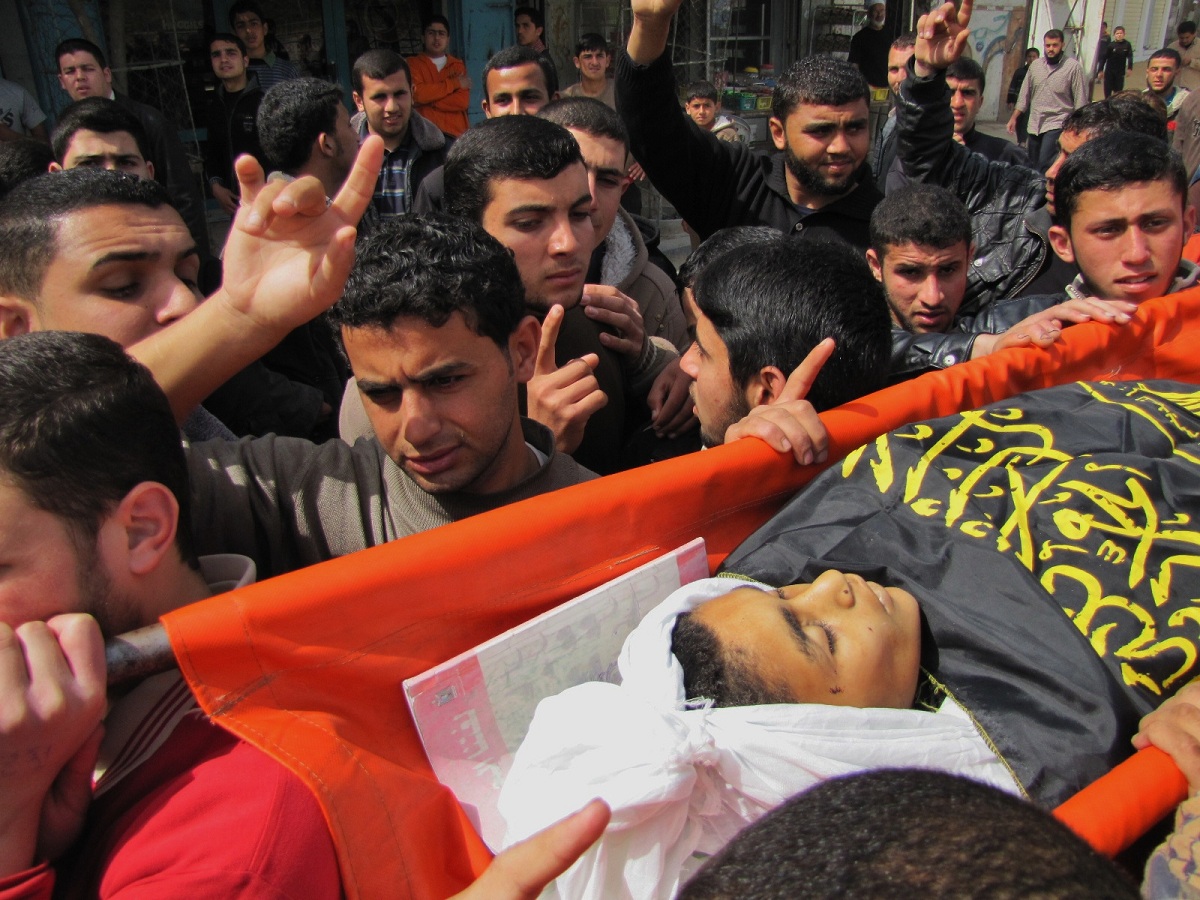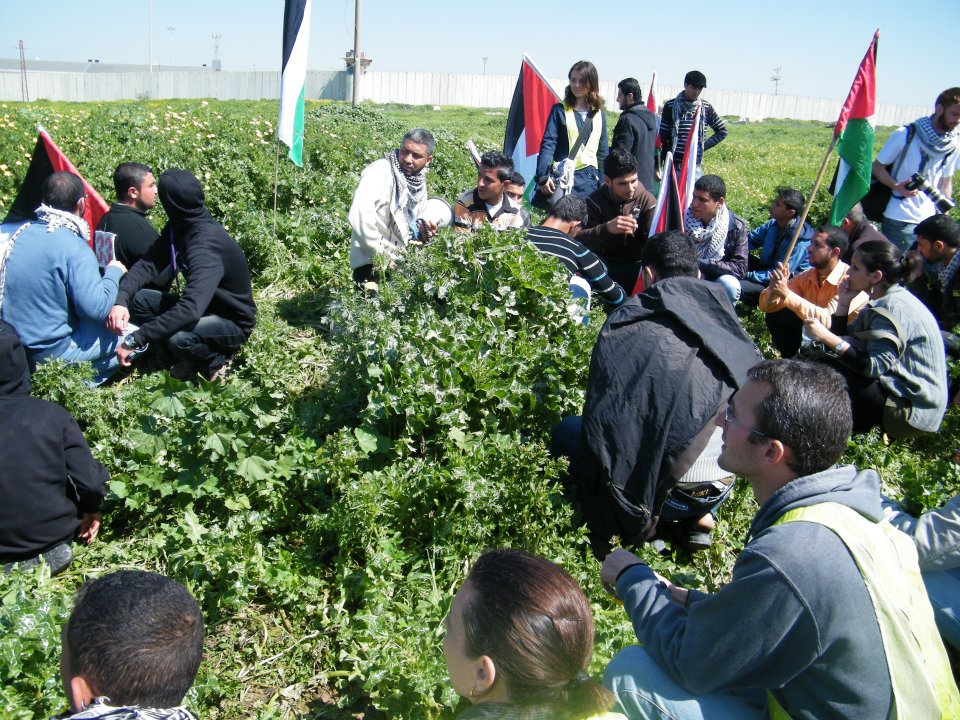Tag: Video
-
Burying Ayoub
by Nathan Stuckey 11 March 2012 | International Solidarity Movement, Gaza Twelve year old Ayoub Assalya was murdered today. He was walking to school when an Israeli missile landed next to him. It was seven A.M. He is another casualty of Israel’s latest attack on Gaza. For three days now Gaza has been under bombardment. …
-
International Women’s Day Marks Hana Shalabi’s 22nd Day of Hunger Strike
8 March 2012 | Palestinian Council of Human Rights Organizations We, the Palestinian Council of Human Rights Organisations (PCHRO), would like to mark International Women’s Day by expressing our solidarity with administrative detainee Hana Shalabi. Hana is today beginning her 22nd successive day of hunger strike in protest at her internment without charge or trial and…
-
The seen and unseen in the No Go Zone
by Nathan Stuckey 7 March 2012 | International Solidarity Movement, Gaza Today, like ever Tuesday, we marched into the no go zone north of Beit Hanoun. We gathered by the half destroyed Beit Hanoun Agricultural College and marched north, towards Jerusalem. A Jerusalem that few of the protesters have ever seen, they have never been…


